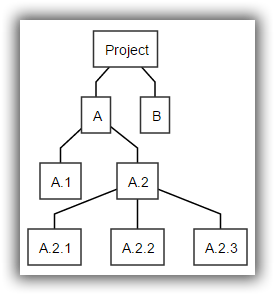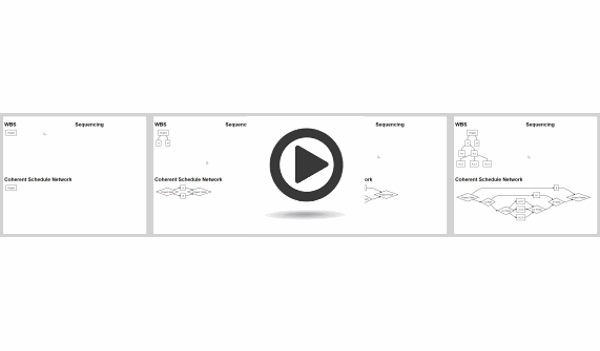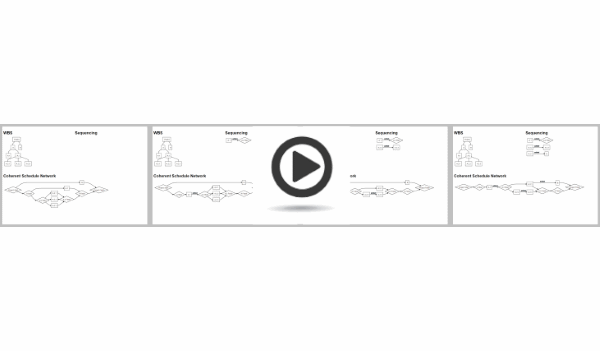 Imperium (Cicero Trilogy) (books) by Robert Harris. Gripping recreation of Cicero’s personal secretary Tiro’s lost account of the public and private life of Cicero spanning the transition from the Republic to Dictatorship.
Imperium (Cicero Trilogy) (books) by Robert Harris. Gripping recreation of Cicero’s personal secretary Tiro’s lost account of the public and private life of Cicero spanning the transition from the Republic to Dictatorship.

Red Sparrow (books) by Jason Matthews. A post-cold war thriller in the best tradition of Tom Clancy.

Ghost Fleet: A Novel of the Next World War (book) by P. W. Singer. How did the next world start? Who was it between?

Old Man’s War (books) by John Scalzi. Fantastic premise: “old men and women get a new lease on life, on one condition, they join the army and never return to earth …”












 The Secrets of Consulting: A Guide to Giving and Getting Advice Successfully
The Secrets of Consulting: A Guide to Giving and Getting Advice Successfully











 Tom Kendrick on
Tom Kendrick on